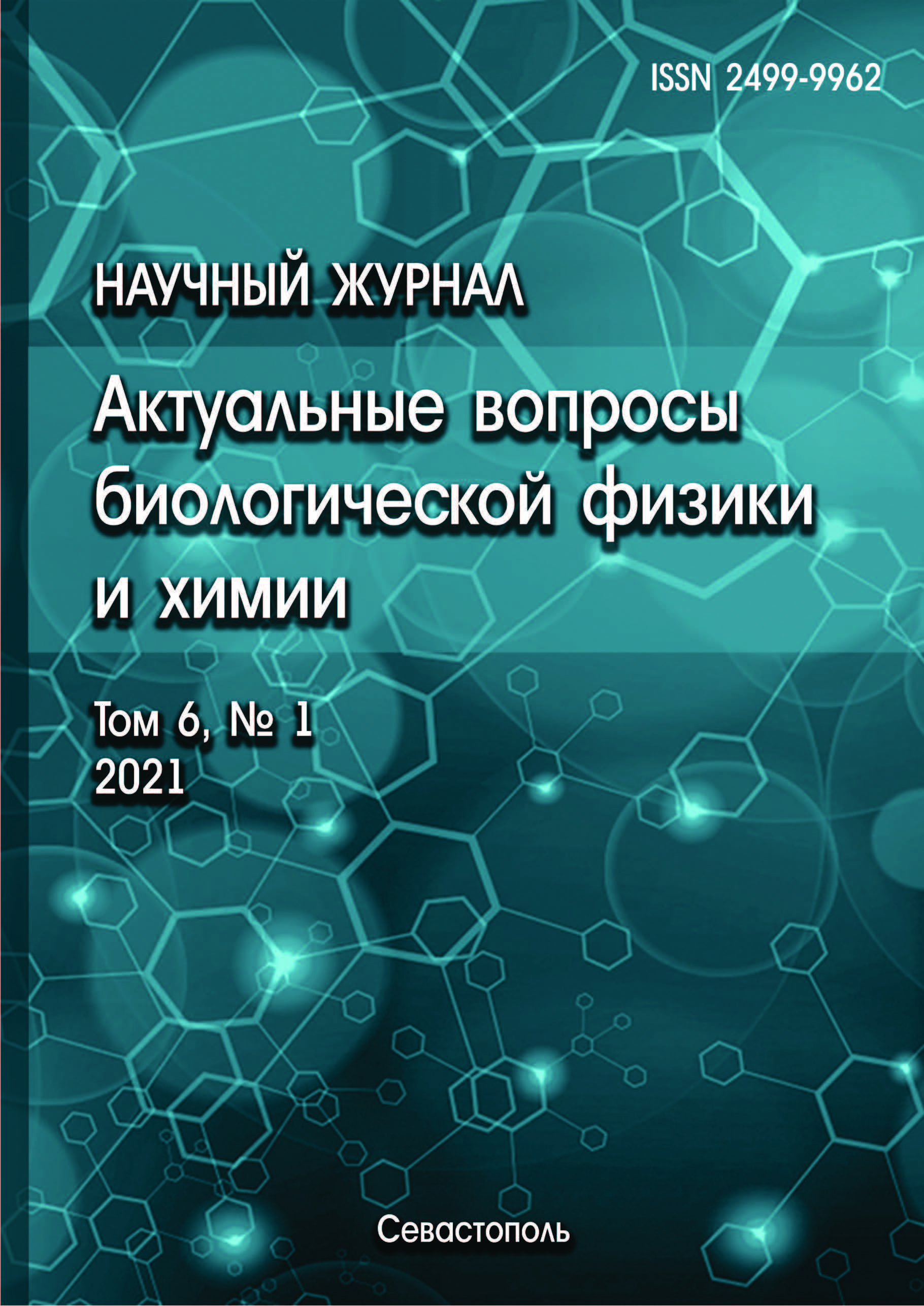Saint Petersburg, St. Petersburg, Russian Federation
The skin of amphibians and other isolated epithelial systems are classical model objects for studying transepithelial ion transport mechanisms. In terms of their ability to transport electrolytes and their response to certain hormones, the skin and bladder of amphibians are similar to the distal renal tubules, which makes it possible to use the data obtained on these objects to elucidate the mechanisms of water and ion transport in kidney cells. Arachidonic acid (AA) and its metabolites act as signaling molecules involved in the processes of intra- and intercellular signaling, and have a wide range of physiological and pathological effects. In the kidneys and other reabsorbing epithelium, including the frog skin epithelium, AA and its derivatives are involved in ion and water transport regulation. In this regard, it seemed appropriate to investigate the possible role of the cyclooxygenase pathway of AA oxidation in Na+ transport regulation in frog skin. In experiments we used a non-selective cyclooxygenase inhibitor diclofenac, a derivative of phenylacetic acid, which is widely used in clinical practice as a non-steroidal anti-inflammatory drug. Using voltage-clamp technique, we have shown for the first time on the frog skin epithelium that diclofenac (25 μg/ml) inhibits Na+ transport. The degree of diclofenac inhibitory effect on Na+ transport differs depending on the application of the agent from the apical or basolateral skin surface. The results obtained in this work and earlier indicate the involvement of cyclooxygenases and / or products of the cyclooxygenase pathway of AA oxidation in Na+ transport regulation in frog skin epithelium.
frog skin, transepithelial Na+ transport, сyclooxygenase, diclofenac
1. Natochin Yu.V. Osnovy fiziologii pochki. L.: Nauka, 1982, 184 s. @@Natochin, Yu.V. Fundamentals of kidney physiology. L.: Nauka, 1982, 184 p. (In Russ.) EDN: https://elibrary.ru/ZNILZR
2. Kruteckaya Z.I., Lebedev O.E., Kurilova L.S. Mehanizmy vnutrikletochnoy signalizacii. SPb.: Izd. SPbGU, 2003, 208 s. @@Krutetskaya Z.I., Lebedev O.E., Kurilova L.S. Mechanisms of intracellular signalling, SPb.: Saint-Petersburg State University, 2003, 208 p. (In Russ.)
3. Els W.J., Helman S.H. Dual role of prostaglandins (PGE2) in regulation of channel density and open probability of epithelial Na+ channels in frog skin (R. pipiens). J. Membr. Biol., 1997, vol. 155, pp. 75-87.
4. Ordway R.W., Singer J.J., Walsh J.V., Jr. Direct regulation of ion channels by fatty acids. Trends Neurosci., 1991, vol. 14, rr. 96-100. DOI:https://doi.org/10.1016/0166-2236(91)90069-7 EDN: https://elibrary.ru/XYDWJP
5. Meves H. Arachidonic acid and ion channels: an update. Br. J. Pharmacol., 2008, vol. 155, pp. 4-16. DOI:https://doi.org/10.1038/bjp.2008.216. EDN: https://elibrary.ru/MGAPKL
6. Pavlov T.S., Ilatovskaya D., Levchenko V., Mattson D.L., Roman R.J., Staruschenko A. Effects of cytochrome P-450 metabolites of arachidonic acid on the epithelial sodium channel (ENaC). Am. J. Physiol., 2011, vol. 301, rr. F672-F681. DOI:https://doi.org/10.1152/ajprenal.00597.2010 EDN: https://elibrary.ru/PDZHOZ
7. Bentley P.J. Amiloride: a potent inhibitor of sodium transport across the toad bladder. J. Physiol., 1968, vol. 195, pp. 317-330. DOI:https://doi.org/10.1113/jphysiol.1968.sp008460
8. Melnitskaya A.V., Krutetskaya Z.I., Butov S.N., Krutetskaya N.I., Antonov V.G. Nonsteroidal anti-inflammatory analgesic meloxicam modulates the effect of glutoxim on Na+ transport in frog skin. In: «Translation approaches to cause-oriented treatment of pain symptoms», St. Petersburg, 2012, rr. 20-21.
9. Voilley N., de Weille J., Mamet J., Lazdunski M. Nonsteroid anti-inflammatory drugs inhibit both the activity and the inflammation-induced expression of acid-sensing ion channels in nociceptors. J. Neurosci., 2001, vol. 21, pp. 8026-33. DOI:https://doi.org/10.1523/JNEUROSCI.21-20-08026.2001. EDN: https://elibrary.ru/YIZARM
10. Dorofeeva N.A., Barygin O.I., Staruschenko A., Bolshakov K.V., Magazanik L.G. Mechanisms of non-steroid anti-inflammatory drugs action on ASICs expressed in hippocampal interneurons. J. Neurochem., 2008, vol. 106, pp. 429-441. DOI: 10.1111 /j.1471-4159.2008.05412.x DOI: https://doi.org/10.1111/j.1471-4159.2008.05412.x; EDN: https://elibrary.ru/LLJSYL










